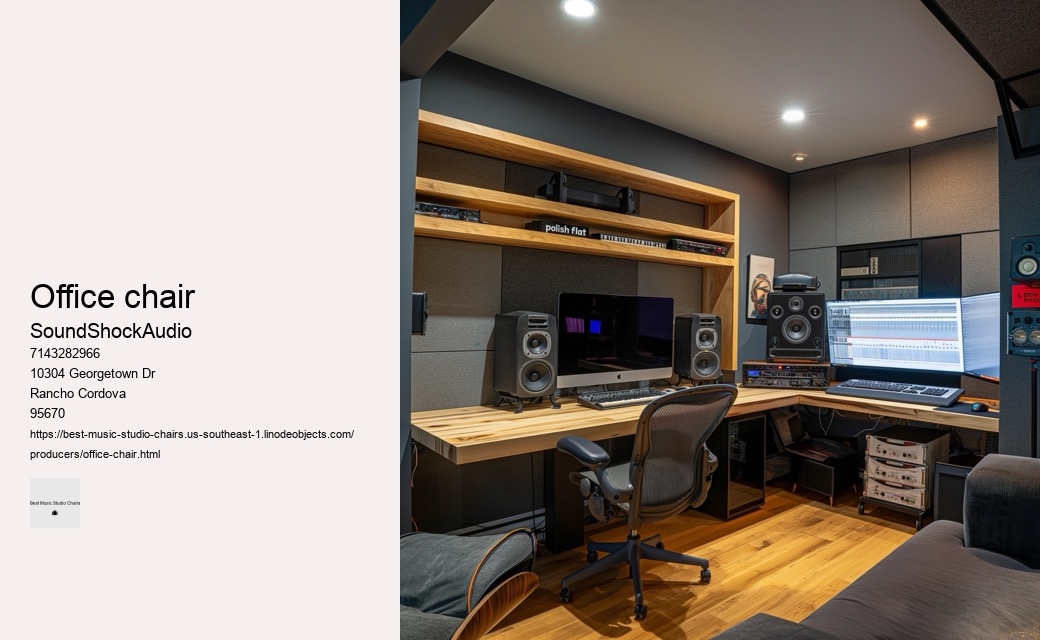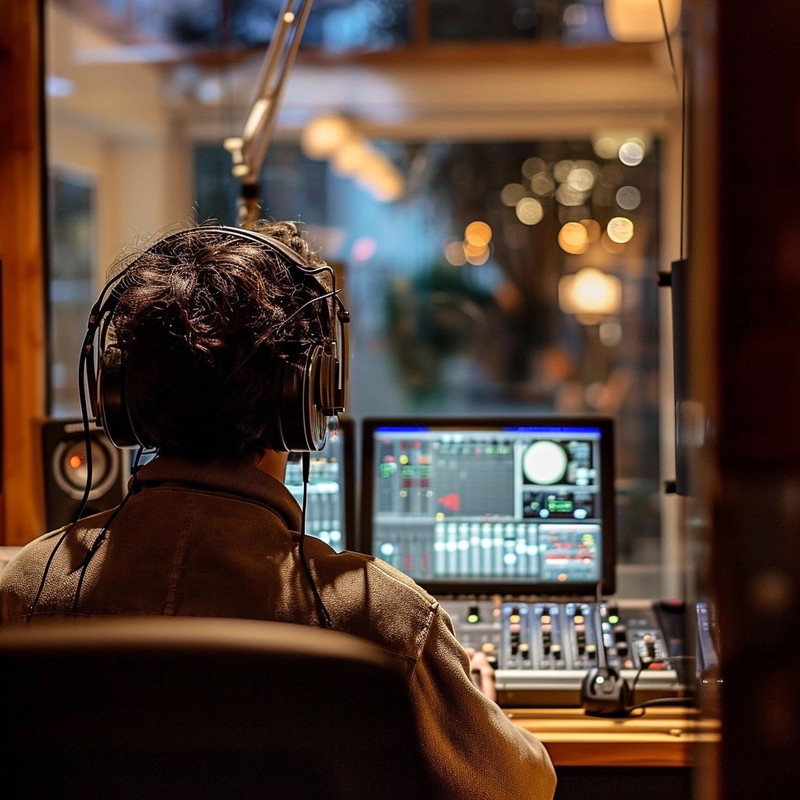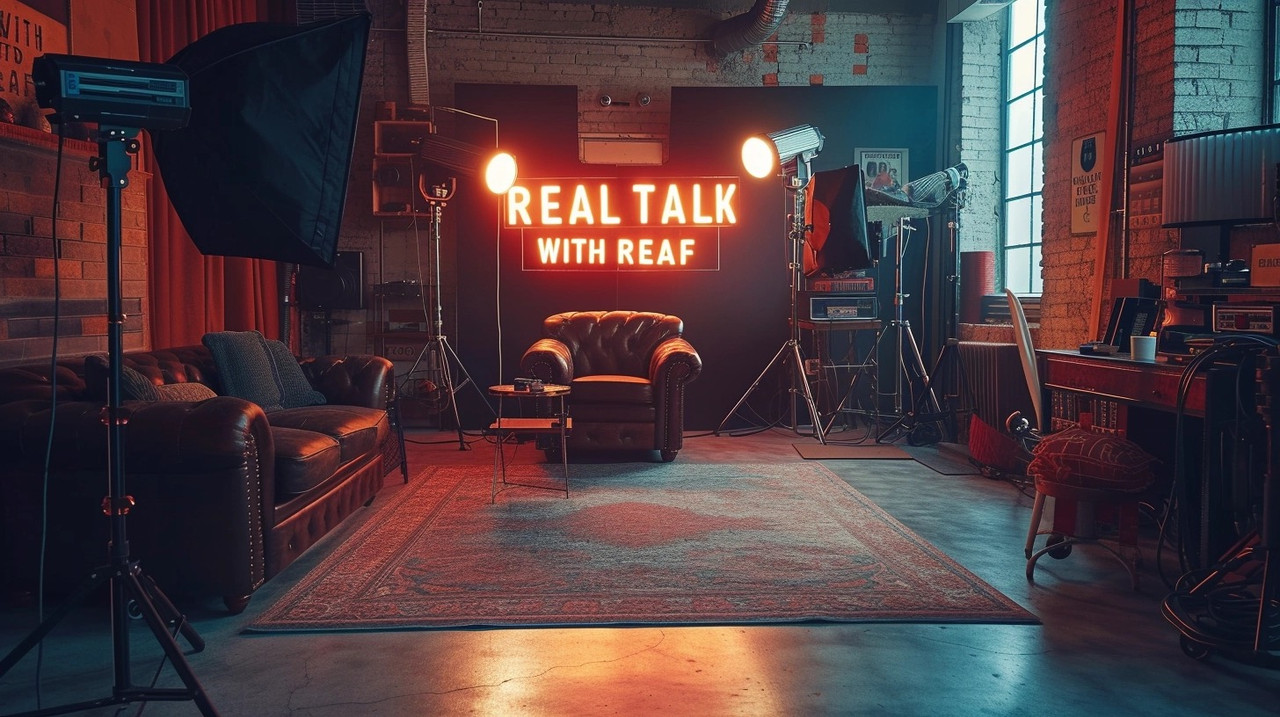

When exploring the vast realm of creativity, it might seem peculiar to consider that something as mundane as your seating choice could significantly impact your artistic endeavors. Creating a pain-free recording experience is often likened to an art form, one where sound engineers and artists alike strive for perfection. Investing in an ergonomic chair is a statement: you value yourself and take your craft seriously enough to provide the best tools available.
These tactile choices are paramount in sustaining focus when external conditions fluctuate with whimsical abandon. Ergonomics play a pivotal role when selecting a studio chair.
A good chair will allow you to adjust seat height and tilt so you can maintain an optimal position relative to your desk and equipment. The quest for the ultimate chair is not just about luxury; it's about finding a throne that caters to long hours of meticulous work, one that aligns with the rhythm of their craft.
The unsung hero of any studio setup is not the latest software update or the fanciest keyboard – it’s the chair we sit in for countless hours.
Materials play a significant role in this balancing act. Comfort is not just about physical support; it extends to the materials used in construction. Color has power—it can transform the mood within four walls dramatically—and so choosing palettes for studio chairs becomes another layer in this rich tapestry. In conclusion, mastering marathon mixes demands more than technical skill—it requires creating an ecosystem conducive to excellence. Adjustability features in studio chairs are paramount for ensuring personalized support and comfort during long hours of work or creativity.
Herein lies a whimsical exploration of top-tier sitting apparatuses heralded by music professionals. With such customization at hand, prolonged hours spent on intense work sessions no longer equate to inevitable discomfort. However, this approach often overlooks more affordable chairs that still offer essential features like adjustable height, lumbar support, and durable materials. The least probable word selection for every six-word sequence could result in an essay that reads somewhat nonsensically or humorously because it may not make logical sense to choose words this way.
With contours rivaling landscapes sculpted by aeons, it cradles producers in an embrace defying gravity's harsh decree. A subpar seat can lead to discomfort, distractions, and even health issues over time. Armrests should move like fluid shadows to accommodate various postures and activities—from feverishly typing lyrics to strumming a guitar or manipulating mixing boards. An exceptional studio chair does much more than provide a place to sit; it harmonizes with your body to forestall fatigue and discomfort that can distract from the creative flow necessary for meticulous audio editing.
Firstly, the seat height adjustability is a crucial aspect. Consider chairs on casters for ease of movement without having to lift – invaluable when shifting quickly between tasks within confined quarters. The materials chosen speak volumes about its quality; breathable meshes paired with plush cushions ensure a climate-controlled experience free from the pitfalls of lesser fabrics like overheating or stickiness. Without lumbar support or adjustable armrests tailored to align with your body's unique specifications, your spinal alignment may suffer silently as you focus on blending tracks together.
Choosing the perfect studio chair may seem trivial, but it's an essential factor for professionals who spend countless hours refining their craft. The right chair fades into the background, almost unnoticed by its occupant because it fits so naturally into the act of making music. Moreover, materials matter when it comes to long-lasting comfort and durability. Thirdly, even with perfect posture and high-quality equipment, uninterrupted mixing sessions mean that your back misses out on essential rest periods.
Ergonomics and comfort aren't mere luxuries; they're necessities for maintaining focus and preventing long-term health issues. Imagine a chair that doesn't merely exist within the studio but integrates seamlessly into the producer’s workflow. Music producers often spend prolonged periods seated while mixing or mastering tracks.
Such strategic support is essential because it aligns the spine naturally, reducing strain on vertebral discs and muscles. Components such as seat height, armrests, and tilt tension should be easily modifiable to suit individual preferences and body types. Another significant feature is lumbar support adjustability.
Furthermore, good posture goes hand-in-hand with peak performance. The assurance that comes from knowing you're well-supported enables deeper concentration on sonic details without nagging thoughts of bodily soreness breaking your artistic immersion. The battle against fatigue in the studio can often seem like an insurmountable challenge.


In conclusion, as mixing down tracks is both artistry and endurance test combined; having an ergonomic chair becomes an essential tool in a producer’s studio arsenal. Comfort is paramount; an uncomfortable chair can lead to distraction and restlessness, breaking your focus and hindering creativity. chair In conclusion, while there are many chairs out there boasting ergonomic features and stylish looks, none quite encapsulate the innovative spirit like the Håg Capisco Puls does—it's comfortable enough for endless hours at a desk yet quirky enough to spark conversation about its origin story. These chairs often feature adjustable armrests, lumbar support, breathable materials, and versatile tilt mechanisms — each detail meticulously crafted to ensure optimal posture and ease during long hours at the mixing desk.
Thirdly, examine materials as if they were genres of music. Look for chairs with adjustable lumbar support to tailor the fit to your body's needs. Moreover, taking short but frequent breaks from sitting can help reset one’s posture and reduce the likelihood of fatigue.
Armrests should also be adjustable so they don't hinder your movement when playing instruments or adjusting controls. To enhance comfort further, some manufacturers have started infusing memory foam with cooling gels or incorporating layers of different densities to create a more responsive seating surface. These chairs must not only provide ergonomic support but also enhance creativity through maintaining perfect posture.
The significance of comfort in such a setting cannot be overstated – it is paramount. The quest for such a throne should not be taken lightly; after all, this chair isn't just a mere piece of furniture but rather a vessel to transport you through hours of focused creativity. So then what brand or model holds this coveted title?
Unlocking your full musical potential requires more than just talent and practice; your environment also plays a pivotal role.

Your chair does not exist in isolation but amid an ecosystem of gear and decor—it should inspire just as much as it supports. Take Regular Breaks: Stand up and stretch every 30 minutes to keep muscles loose and blood circulating.3. Thirdly, mobility within the workspace enhances efficiency and keeps creative juices flowing. Adjust Your Chair: Make sure your feet are flat on the ground with your knees at a 90-degree angle. Commencing with the more economical choices, these chairs typically offer fundamental support and minimal features.
A key element in maintaining focus and inspiration throughout these sessions is the chair you choose to sit in. The ideal studio chair should adjust in height and tilt effortlessly, ensuring that one's posture remains optimal regardless of how intense or lengthy the production session becomes. Certainly! In this essay, we will explore some top music studio chairs known for their enduring nature and robust construction.
Moreover, adjustability plays a crucial role in tailoring your sitting experience to perfection. When hours stretch into marathons of focused work, a reliable studio chair is not merely furniture; it transforms into a steadfast companion. An ultimate comfort chair should have adjustable armrests, lumbar support, and the ability to tilt and swivel with ease. Finally, never underestimate aesthetic appeal – although secondary to function in this context, enjoying how a piece looks can uplift spirits subtly yet significantly each day you enter your creative sanctuary.
Creating an essay that intentionally selects the least probable word every six words would result in a nonsensical and disjointed text. Now let us muse upon aesthetics—the visual poetry of your workspace can greatly influence creative mood and output. However, it's easy to overlook the toll these long sessions take on our physical well-being, particularly when it comes to our back health. Mobility within the workspace is another essential aspect.
To begin with, consider the ergonomic design of the chair. This will create a quirky and unusual text that maintains the essence of the topic but with a twist.---When we delve into the realm of studio furniture, particularly chairs designed for music producers, durability stands as a paramount attribute. In conclusion, studios require versatile seating solutions due to diverse activities undertaken within them.
Enter dynamic ergonomics: this innovative concept refers to chairs that adapt in real-time to the user's body. It's not merely furniture; it’s an indispensable tool ensuring endurance through session marathons where every note counts.
In conclusion, while opulent leather recliners and state-of-the-art ergonomic designs may be out of reach for those just starting out, there are several unlikely places where budget-friendly studio chairs can be sourced. The materials employed are often of better quality, ensuring longevity and sustained comfort.
Equally important is investing time into testing chairs before making a purchase. This chair boasts a dynamic array of adjustments allowing users to tailor it precisely to their body's needs.
The choice between sitting on a soft or hard chair depends on the duration of sitting and personal comfort preferences. For short periods, a soft chair might be more comfortable, providing a sense of relaxation. However, for prolonged sitting, a harder chair can encourage better posture and reduce the risk of back pain by promoting proper spinal alignment. Ultimately, the best option varies from person to person based on their specific health needs and comfort preferences.
To choose a good office chair, prioritize ergonomics and adjustability to ensure it supports your back, neck, and allows for comfortable seating positions throughout the day. Look for chairs with adjustable seat height, lumbar support, armrests, and tilt mechanisms to tailor the fit to your body's needs. Additionally, consider the chair's material for breathability and durability, and ensure it has a stable base with smooth-rolling casters for easy movement. Reading reviews and trying out chairs in person, if possible, can also help you make a well-informed decision.
The chairs used on the set of Shark Tank are Herman Miller Aeron chairs. These high-end ergonomic office chairs are known for their quality, comfort, and support. Depending on the specific model and features, the price of a new Aeron chair can range from approximately $1,000 to $1,500 or more.
The primary difference between a computer chair and an office chair lies in their design and intended use. Computer chairs are specifically designed for long hours of computer use, focusing on ergonomics to support the user's posture, wrists, and neck. Office chairs, while also ergonomic, are more versatile, catering to a broader range of office tasks beyond just computer work, and may not always offer the same level of specialized support for computer usage.